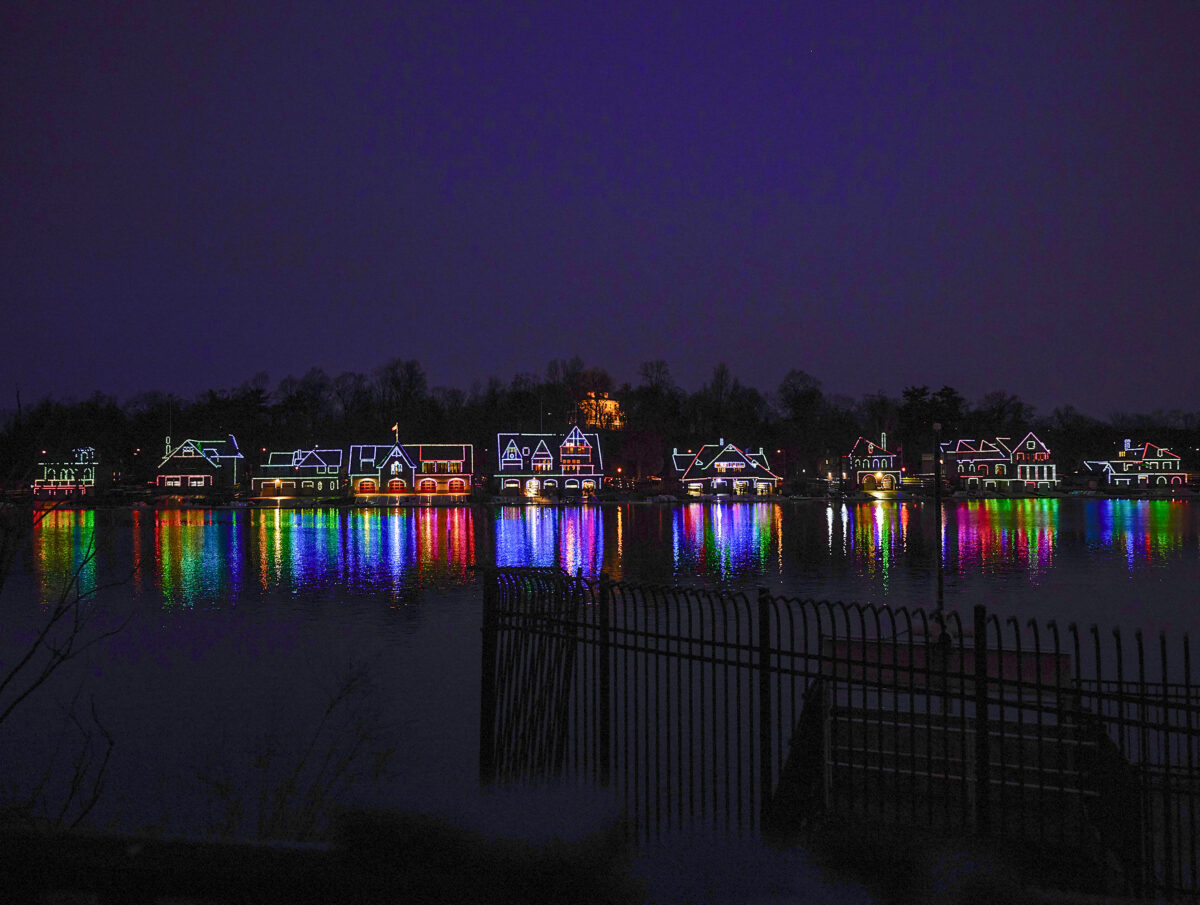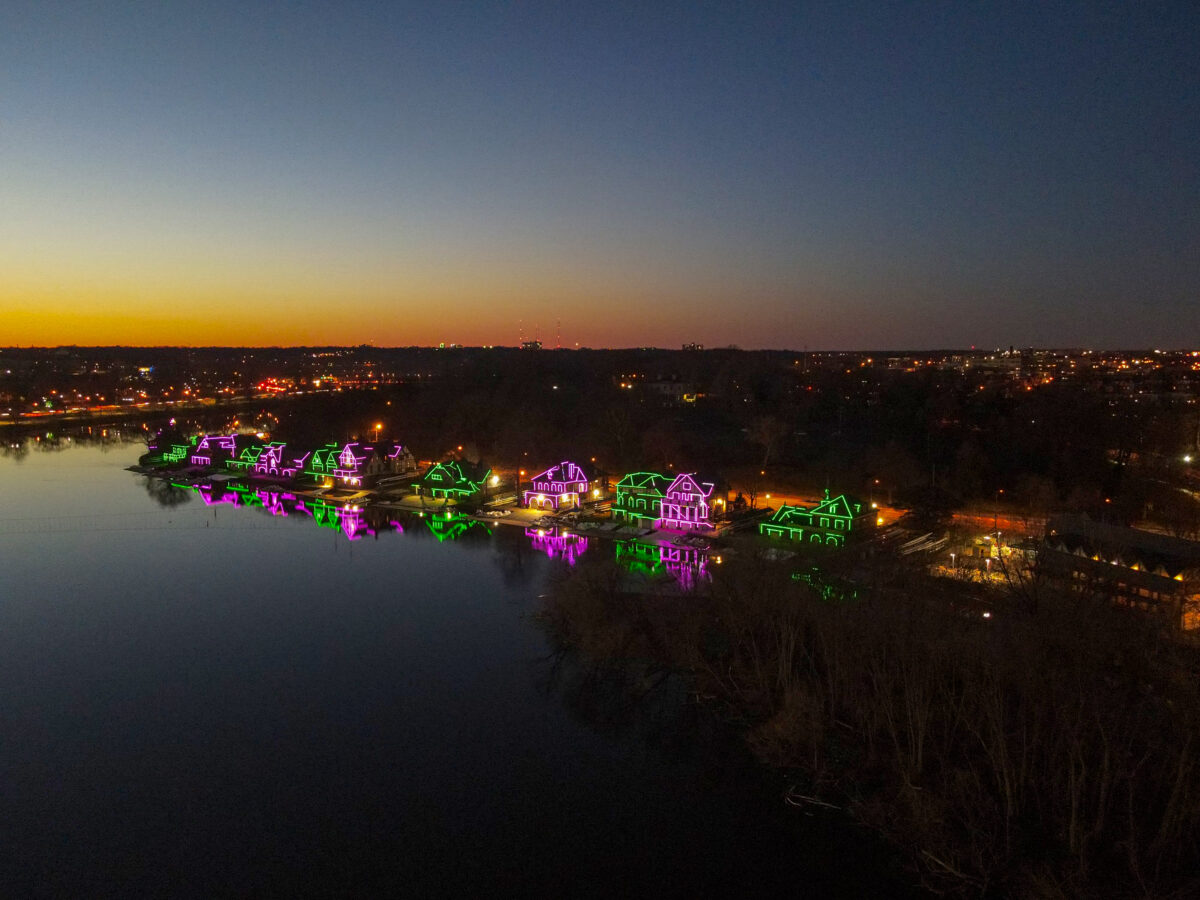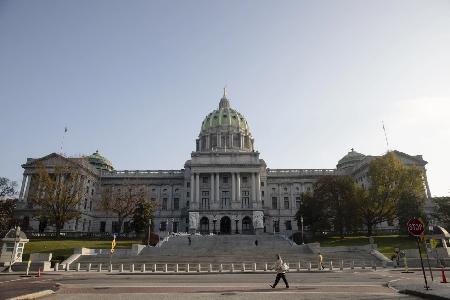Lights have traced the outline of the houses strung along the edge of the Schuylkill River behind the Philadelphia Museum of Art since 1979. The system was replaced with LEDs in 2005 and got another refurbishment in 2016.
If you have the opportunity to get up close and personal with one of the houses during the day, you can see the system — but only if you know what to look for. All the cabling is encased in galvannealed steel enclosures that are painted to match the house facade. The giveaway: hundreds of little dots lining the outline of the structures.
There are 6,400 of those dots. Each was removed and replaced for this upgrade, which cost $2.1 million. The upgrade also included replacing all of the power supplies.
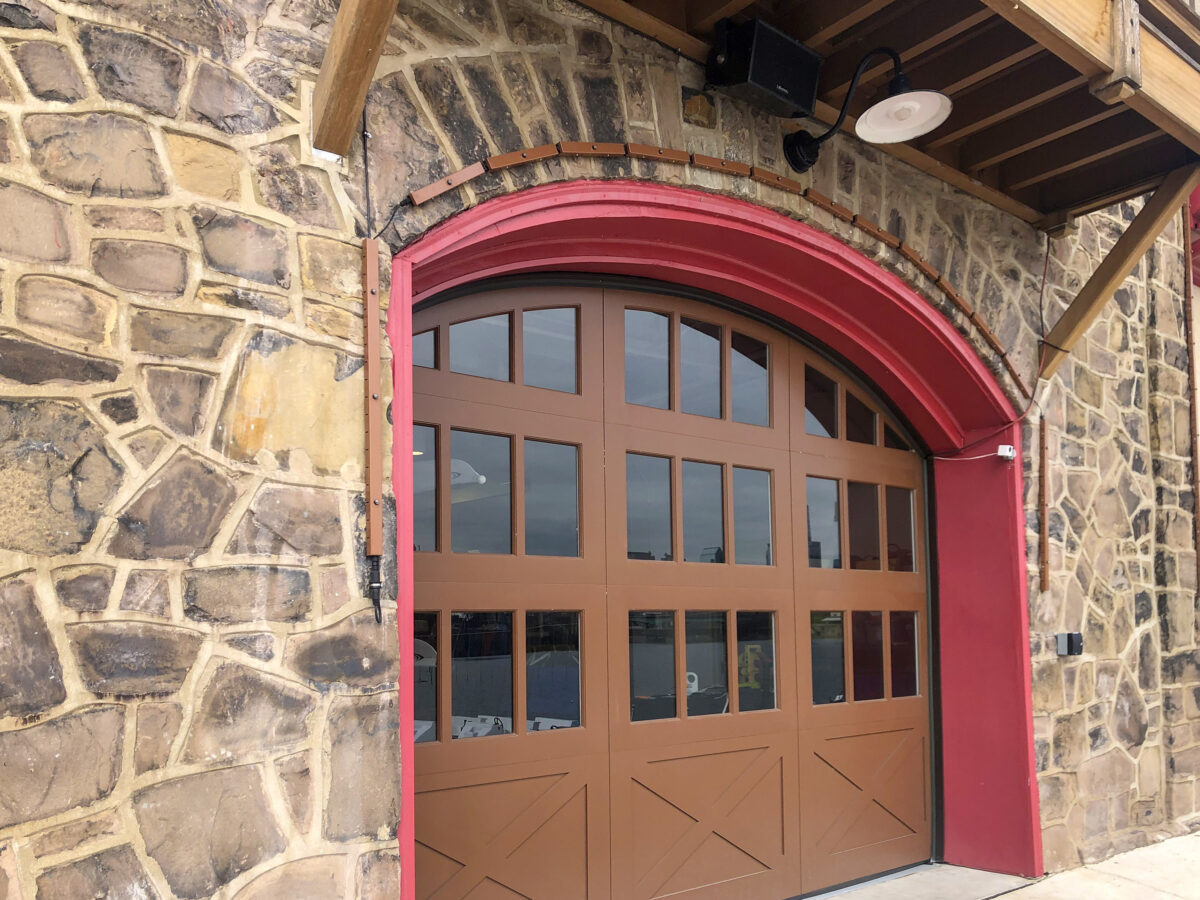
During the day, you can hardly see the lights that outline the facade of the houses along the row (Sarah Huffman/Technical.ly)
The new system provides the potential for animation, offering a custom interface that allows users to remotely program color changes, sparkle effects, and fades. Work on the project started nearly 6 years ago, when the Fairmount Park Conservancy contracted with a Center City firm called The Lighting Practice.
It was a dream job for Lighting Practice principal Jonathan Hoyle.
“Growing up here and having always had Boathouse Row lit, being one of those icons of Philadelphia,” Hoyle said, “the opportunity to get in there and really be like, ‘OK, what can we do to help make it better?’ was exciting.”
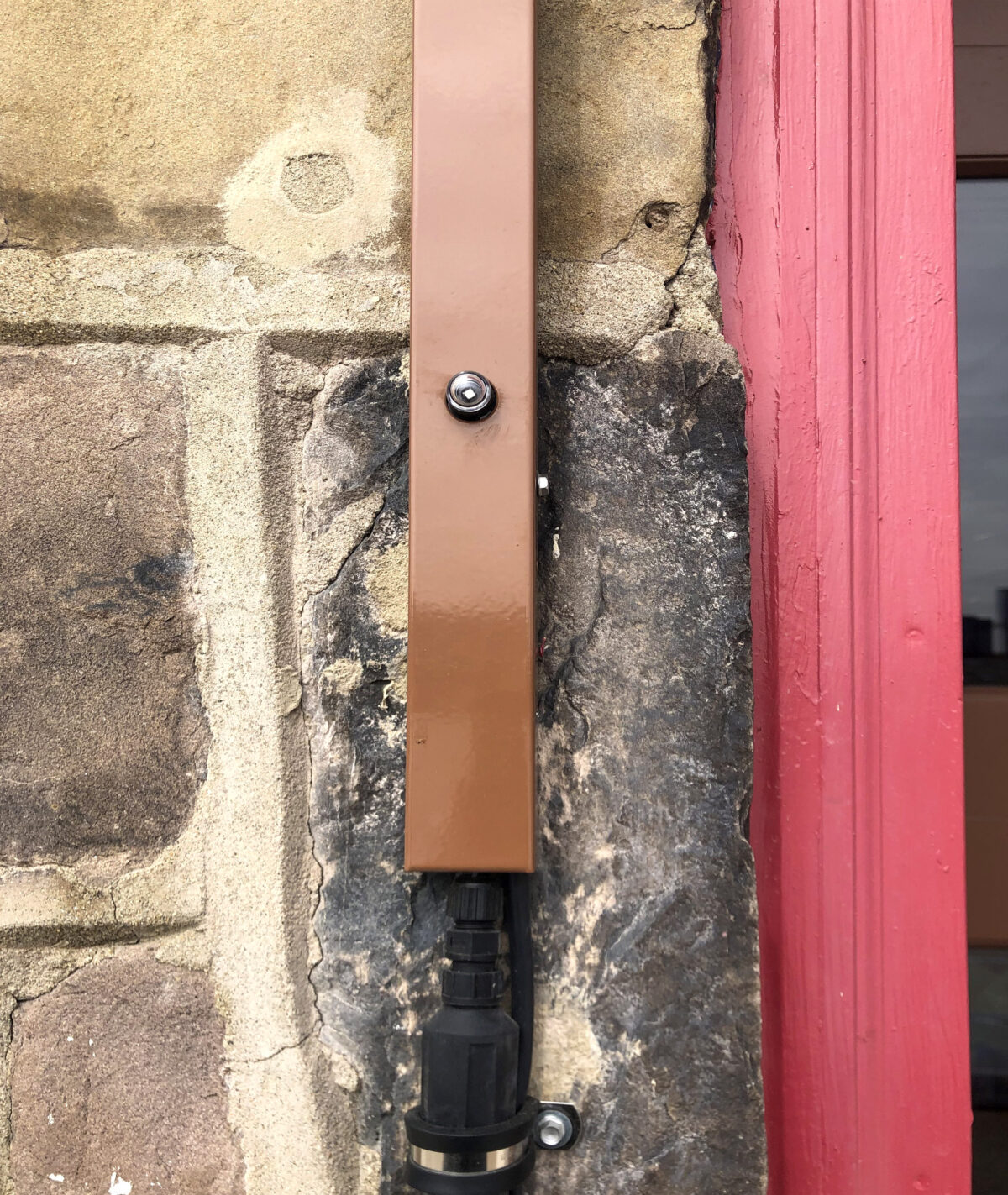
A closeup on the exterior of the Penn house on Boathouse Row, showing one of the new LEDs, the casing and the power coupling (Sarah Huffman/Technical.ly)
The old lighting system faced maintenance problems from weather, animals, and equipment vulnerabilities. Ausra Mussett, the project manager, mentioned connectivity, power outages, and mounting issues.
Since the previous upgrade in the 2000s, LEDs have made huge strides in terms of durability, housing design and efficiency, Hoyle said, so the new bulbs create more light with less wattage.
On a tour of the University of Pennsylvania boathouse this month, a reporter got to check out how that electricity gets supplied. Each house has its own easily-accessible external power supply that is weather- and animal-resistant, and is wired to a DMX 512 controller located in Boathouse 1 — Lloyd Hall. The controller then sends its signals back to each house using a physical fiber optic connection.
One of the design challenges was the architectural variety of the boathouses, which were built by various clubs and institutions in the 19th century after the construction of the Fairmount Dam calmed that part of the river and made it suitable for docking.
“Each of these structures is different,” Hoyle said. “So it was very tailored to each boathouse.”
Installation was done by Delco-based Eagle Industrial Electric, which measured exact dimensions for each house. Eagle then worked with lighting supplier Nanometer to develop shop drawings for each installation, and the NYC-headquartered boutique manufacturing firm custom-made all the materials.
Now, each string of lights has a label, so they can easily identify where issues are occurring. The hope, Hoyle said, is that there will be very little maintenance for this new system aside from turning the lights on and off every day.
“The conservancy really had a dream team doing all of this work,” said project manager Mussett. “A great project to be able to deliver back to the city. We’re really happy with how it turned out.”
FYI, if you want the Philly icon to light up in your colors, you can pay to make it happen. Anyone can submit design requests online, and pricing ranges from $1,000 to $6,000 per day, with all proceeds going directly towards ongoing maintenance of the system.
Sarah Huffman is a 2022-2024 corps member for Report for America, an initiative of The Groundtruth Project that pairs young journalists with local newsrooms. This position is supported by the Lenfest Institute for Journalism.Before you go...
Please consider supporting Technical.ly to keep our independent journalism strong. Unlike most business-focused media outlets, we don’t have a paywall. Instead, we count on your personal and organizational support.
Join our growing Slack community
Join 5,000 tech professionals and entrepreneurs in our community Slack today!


